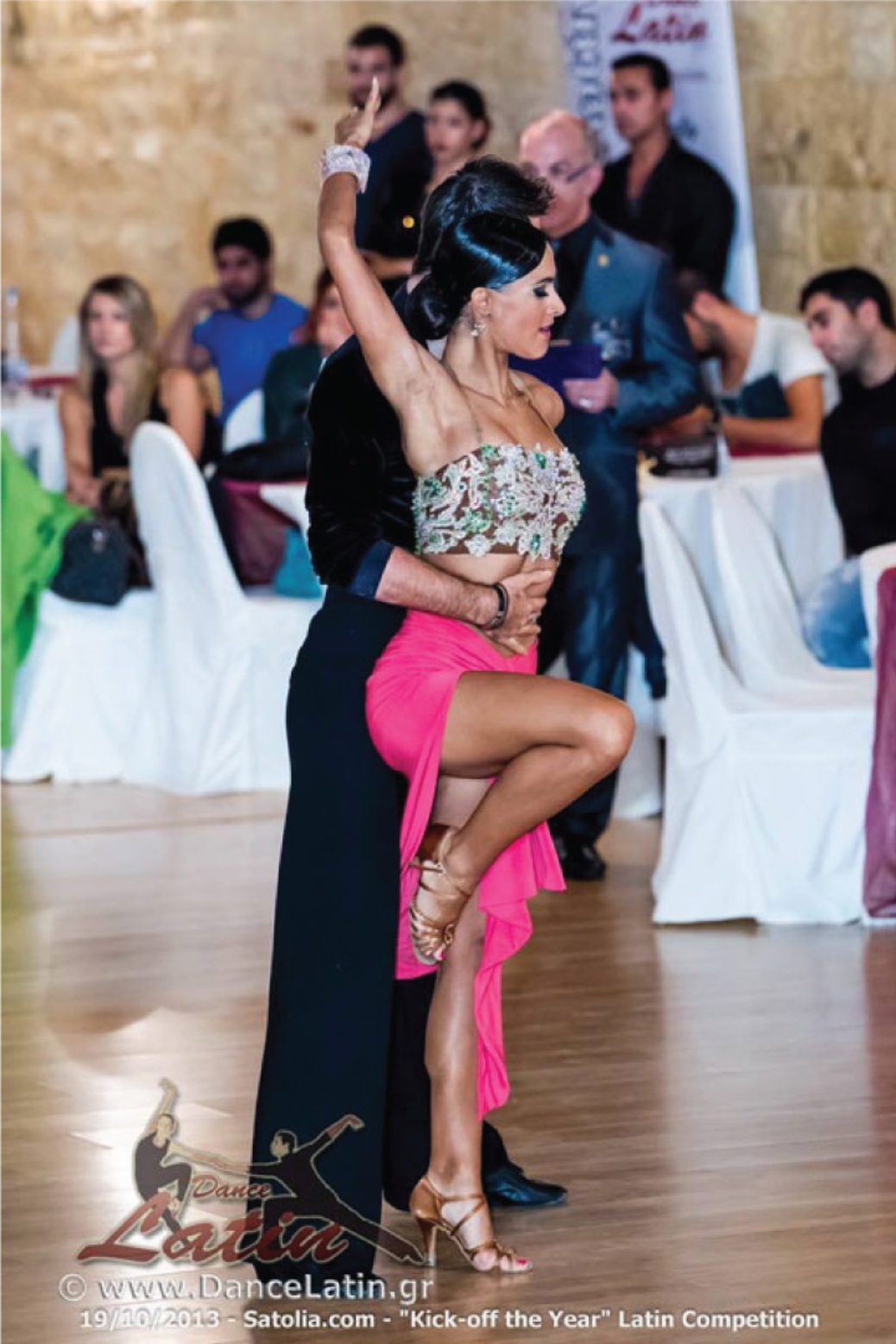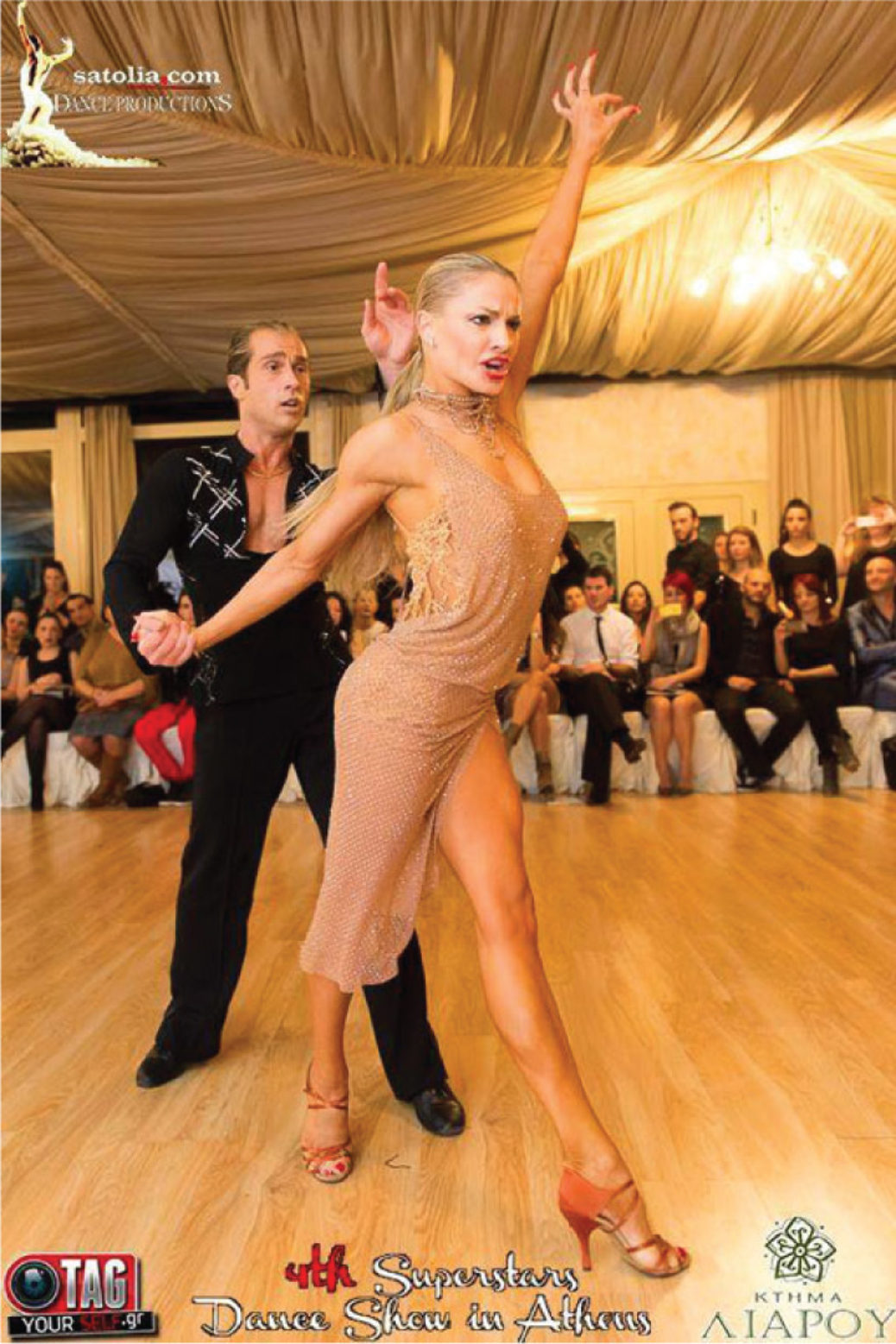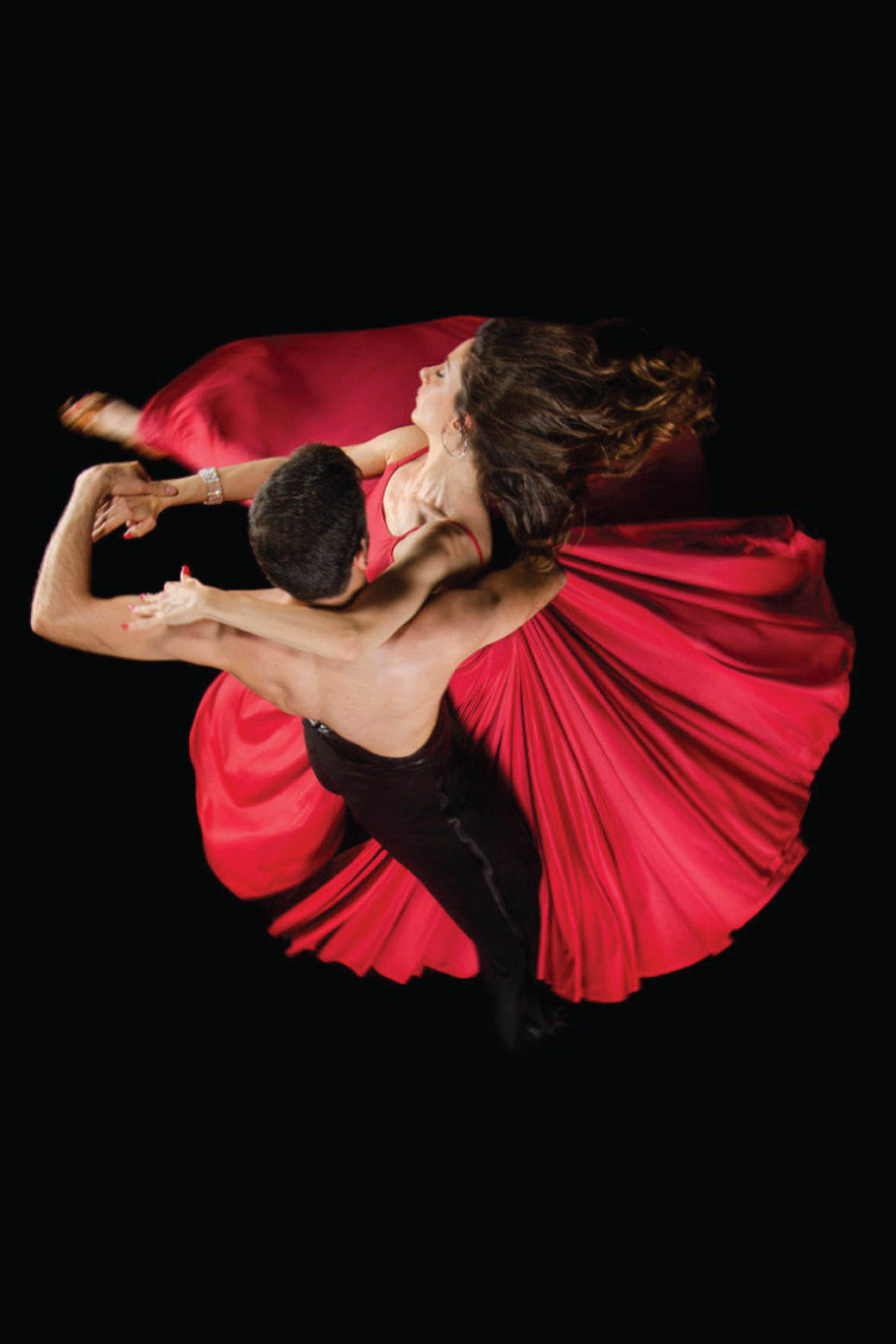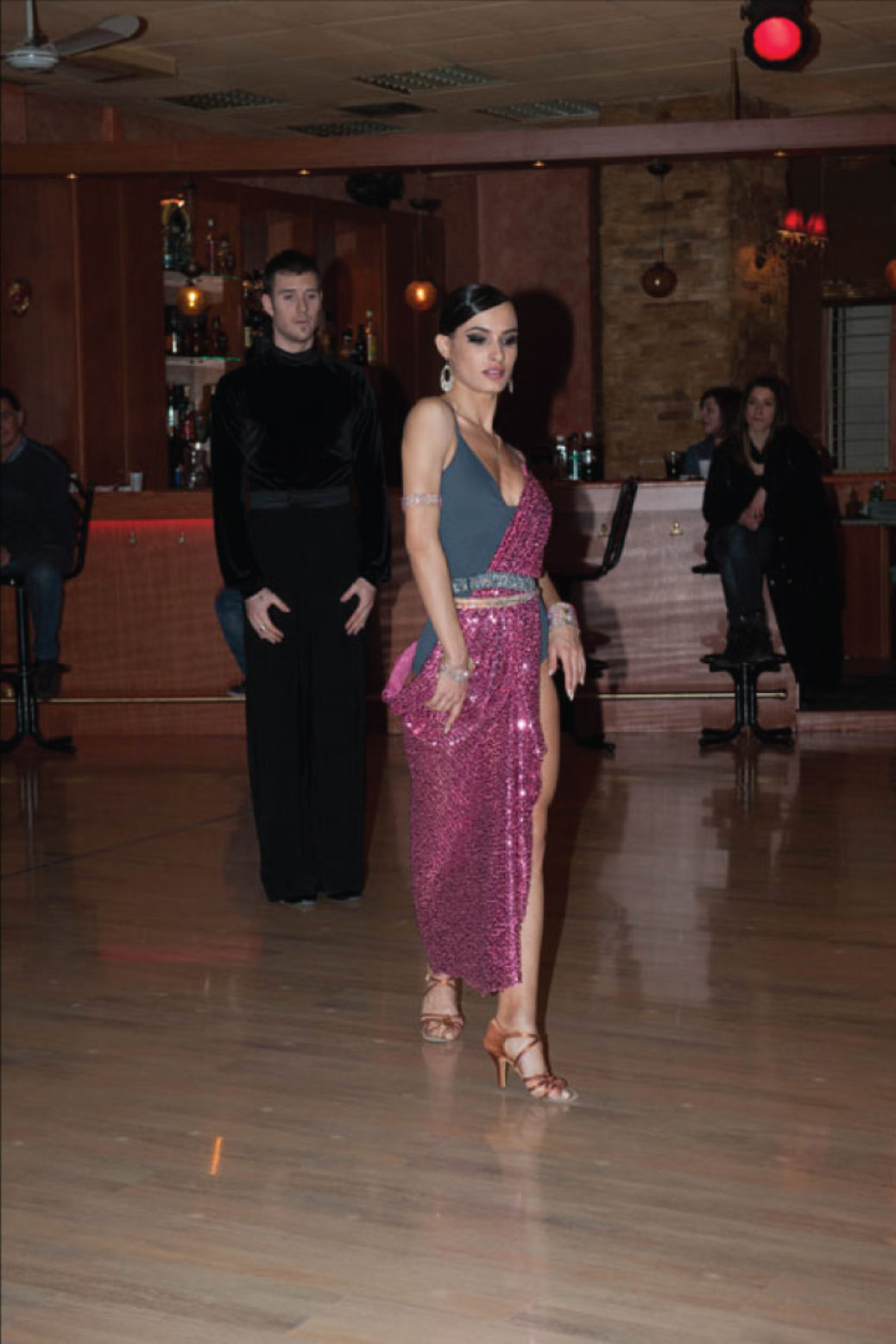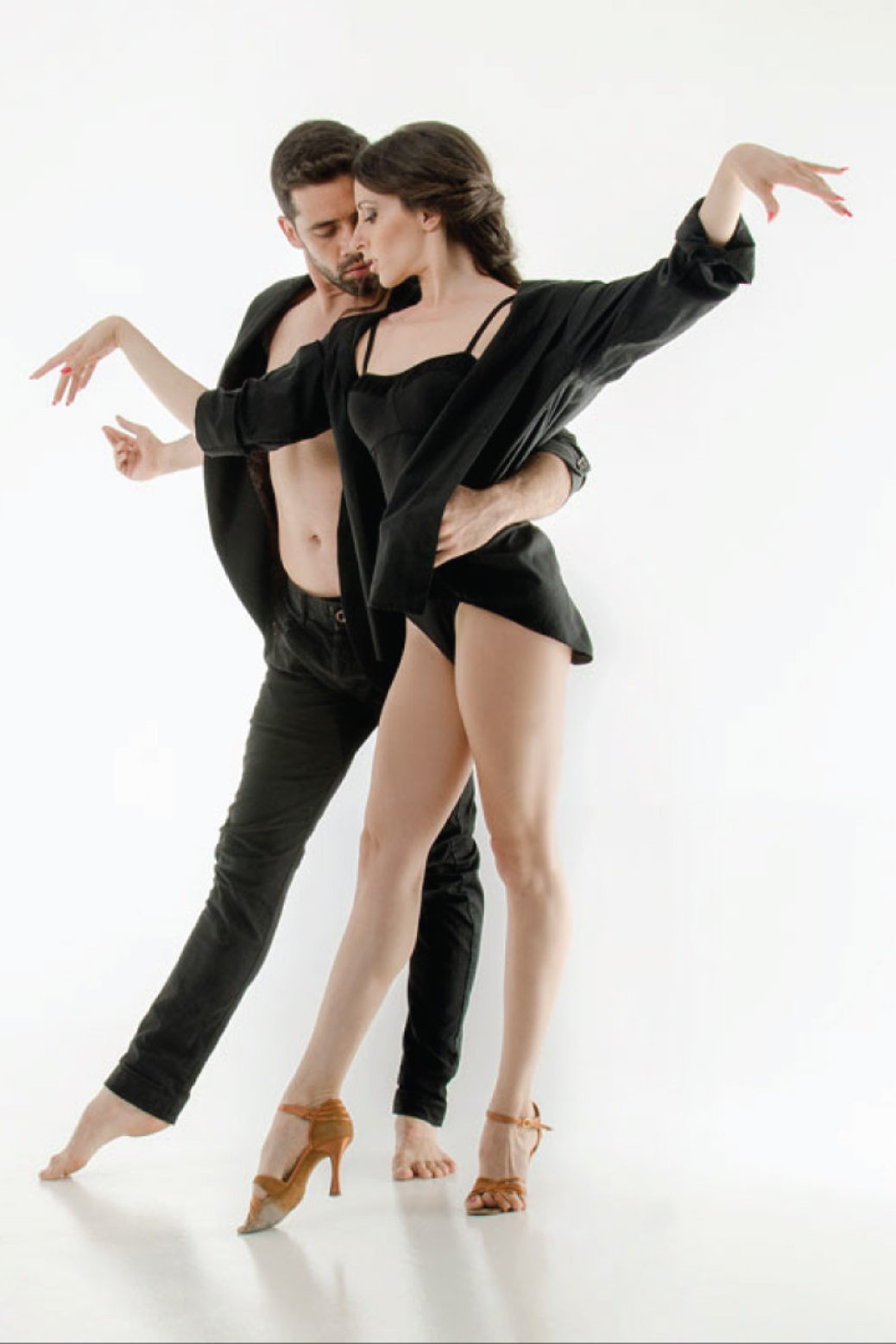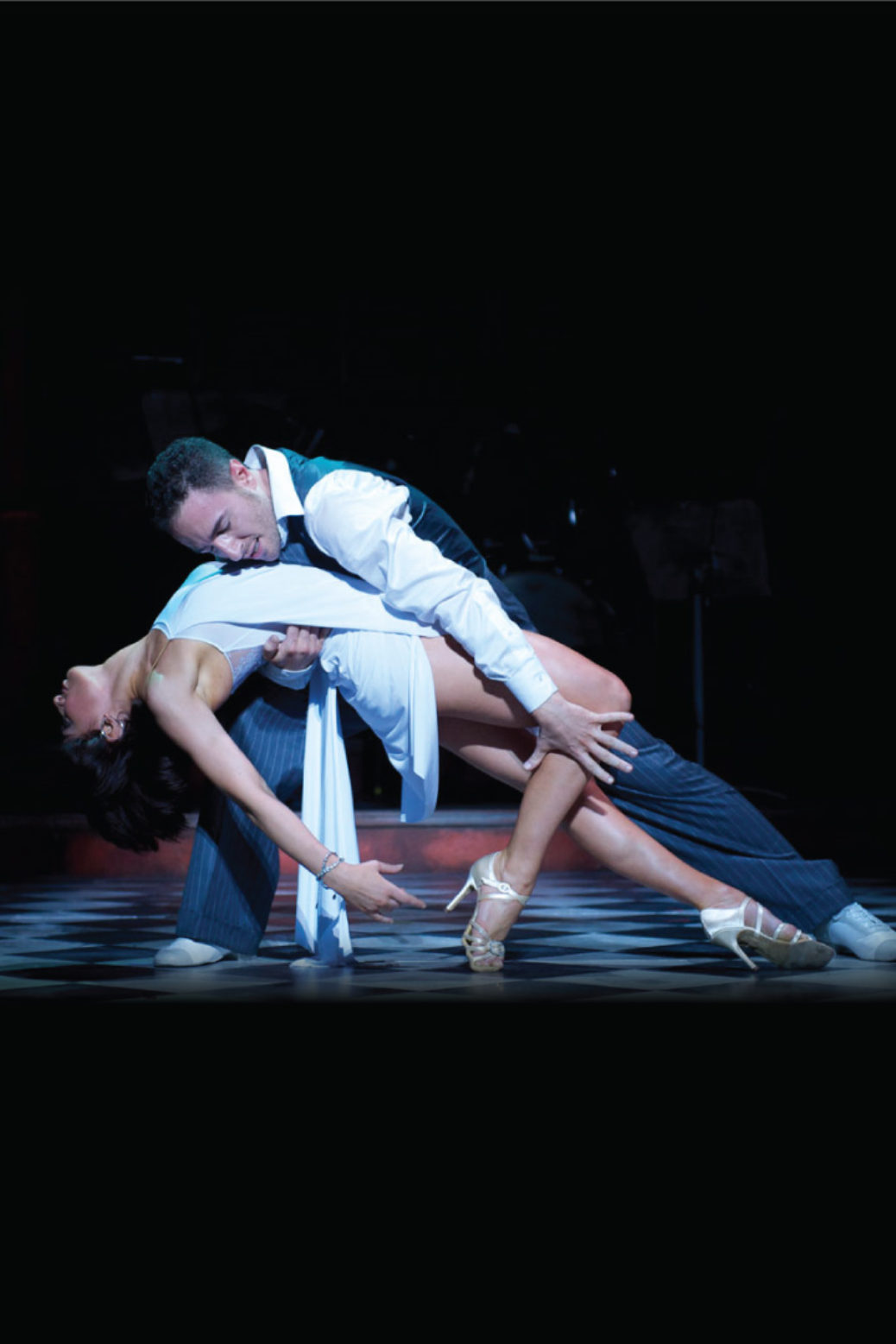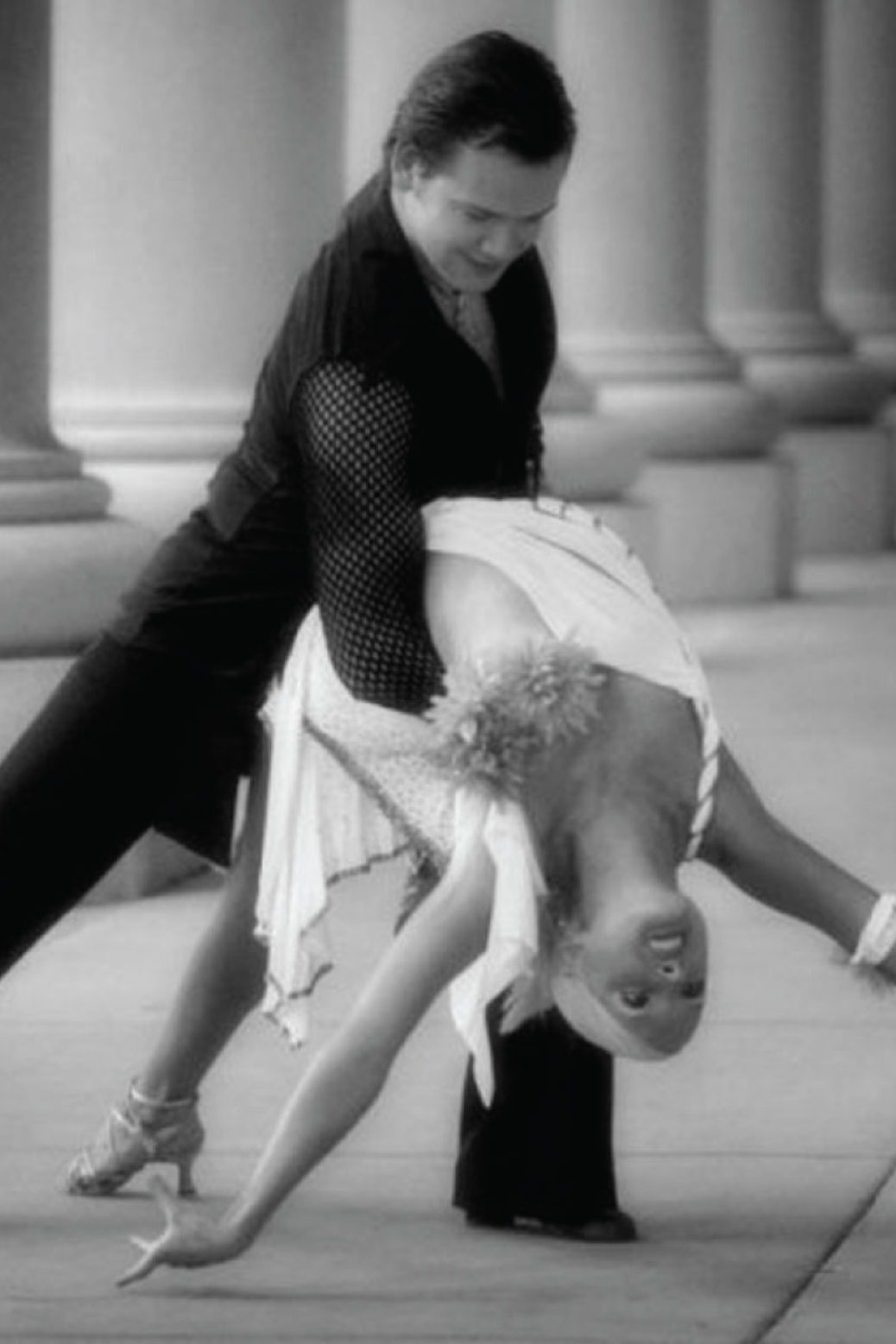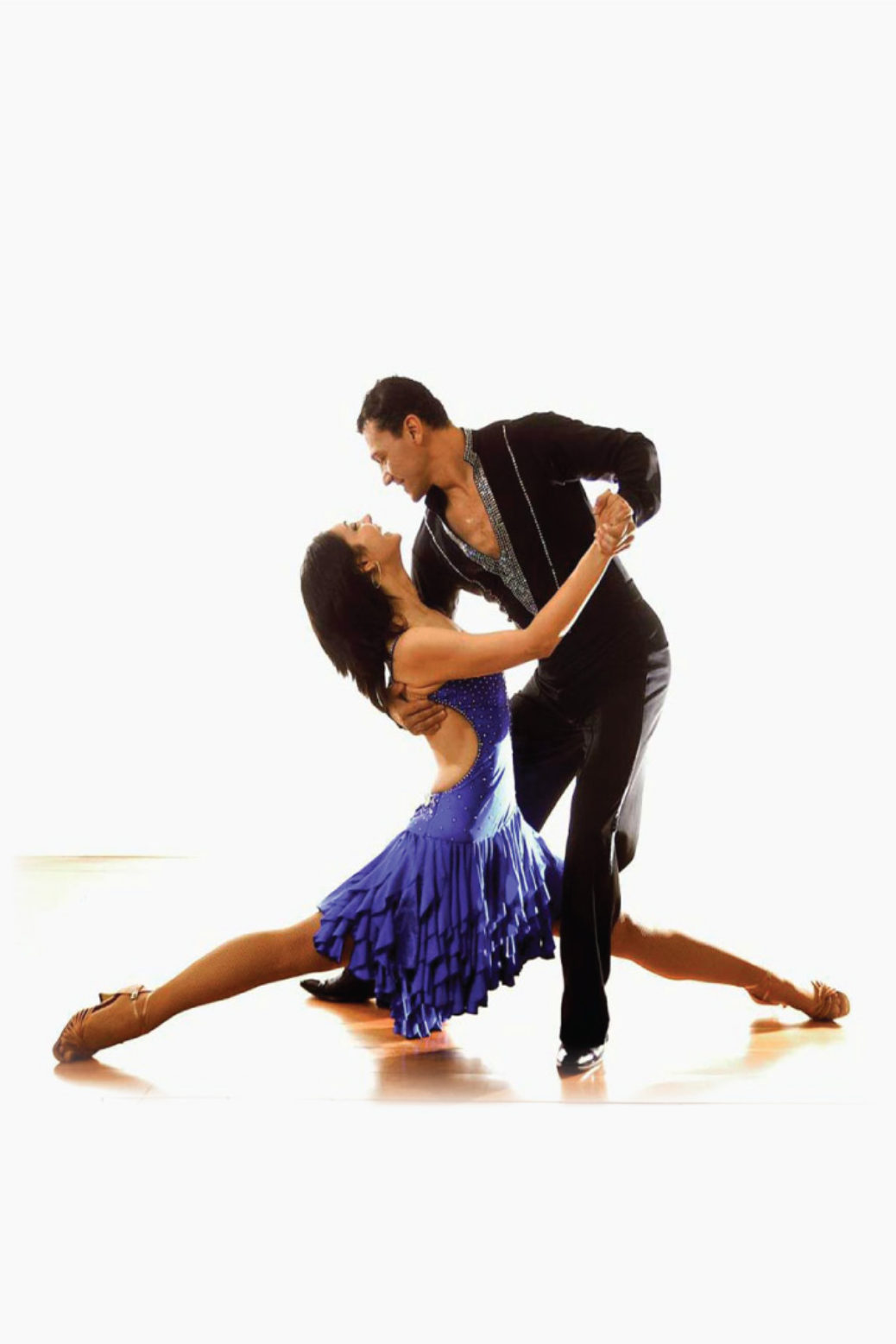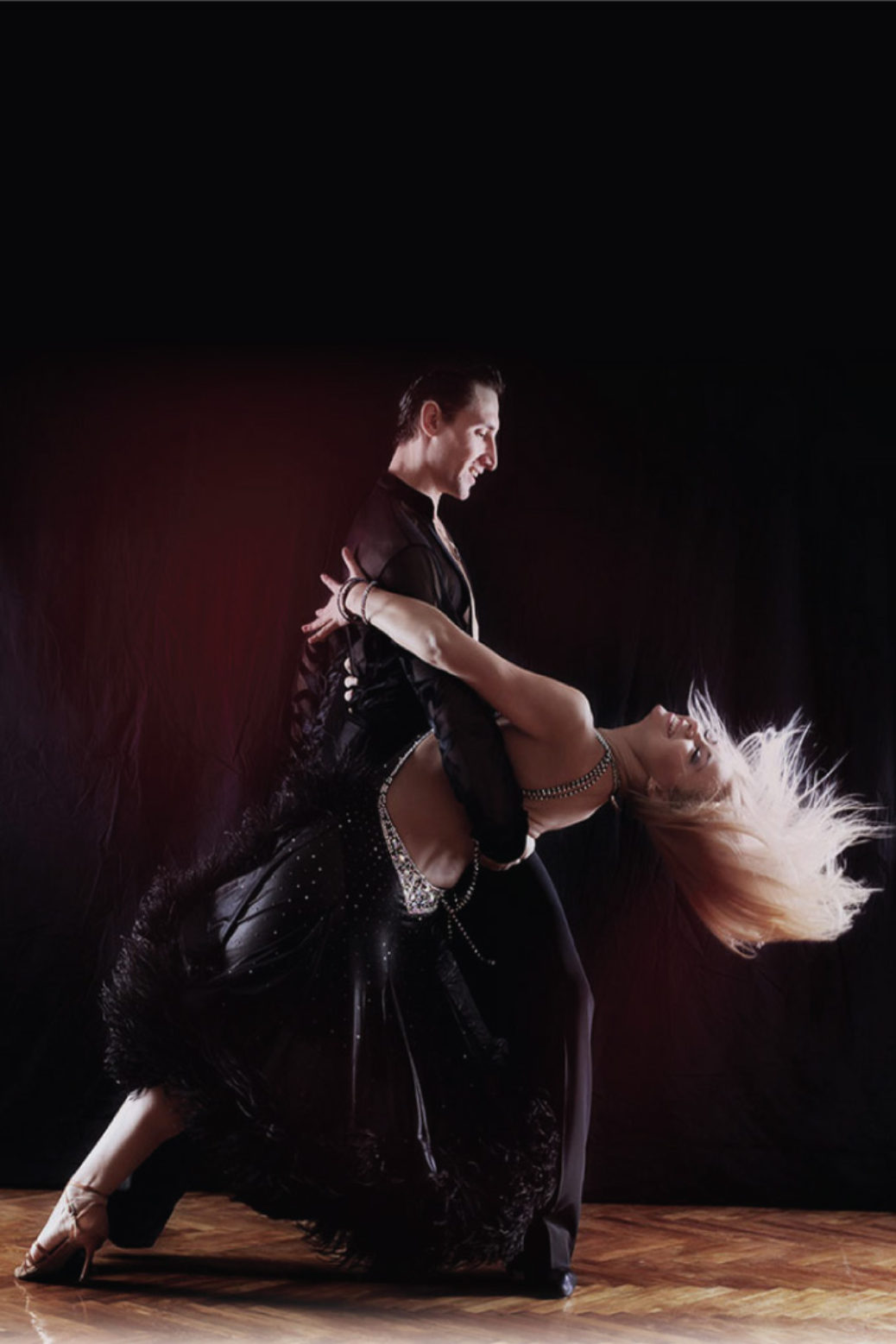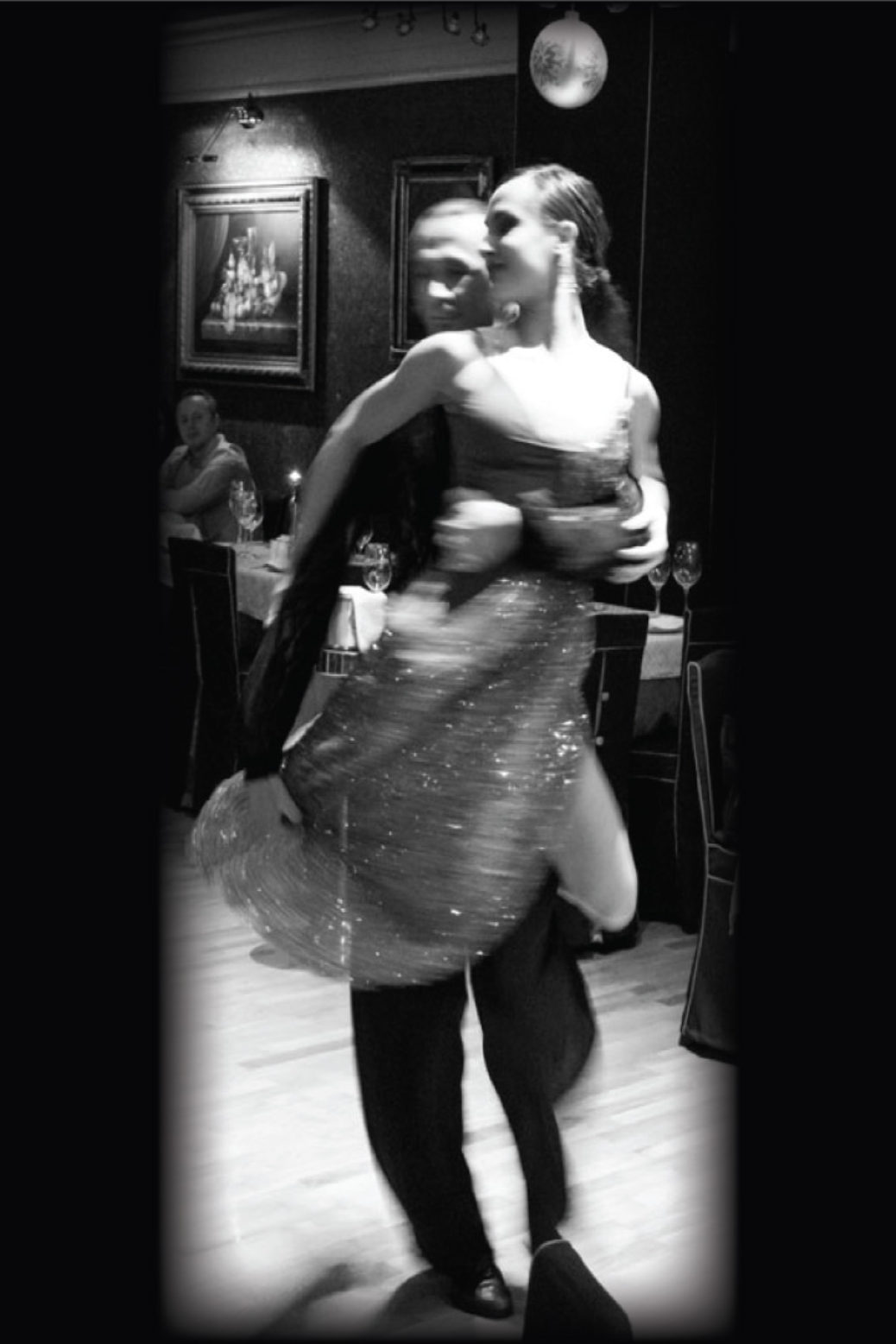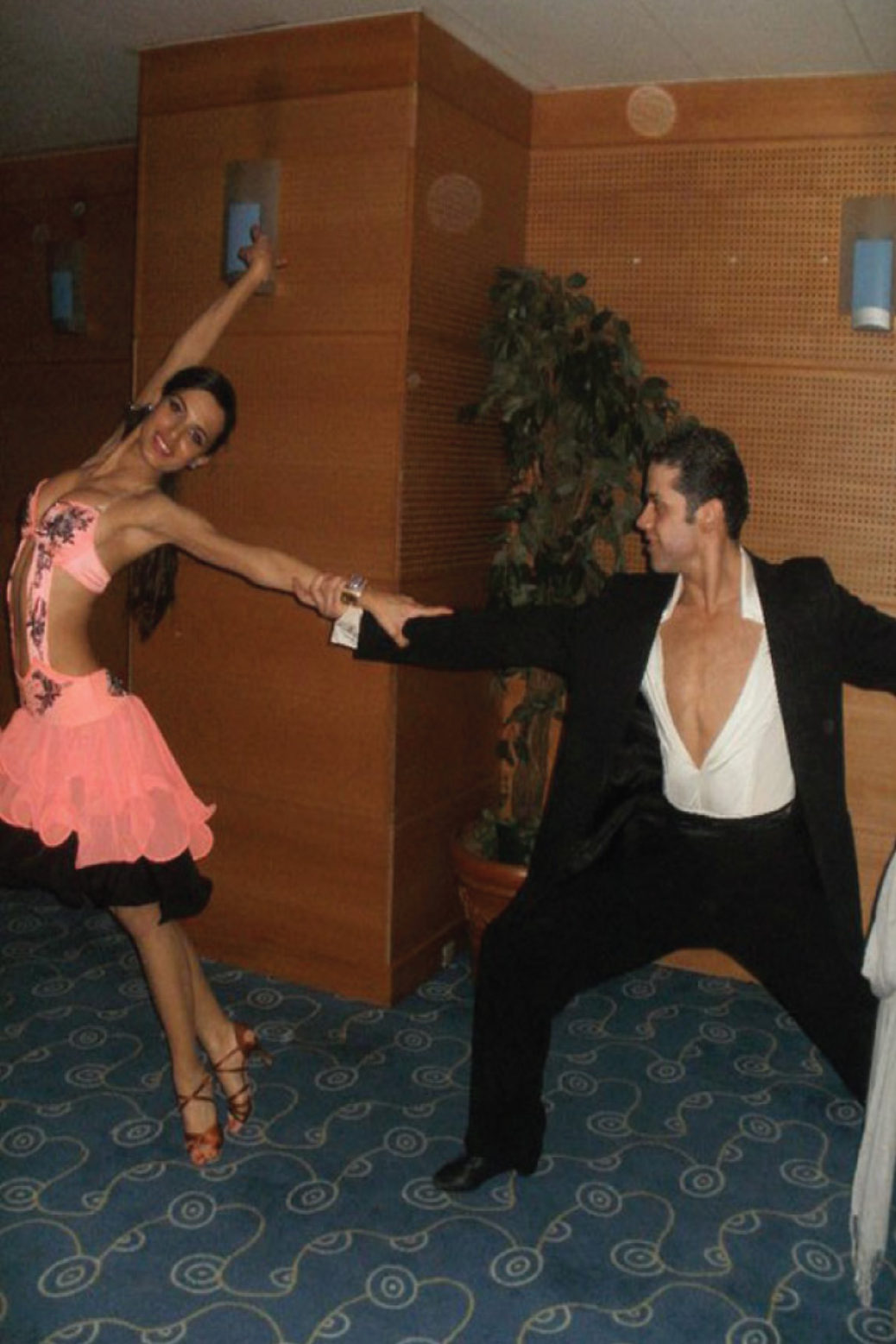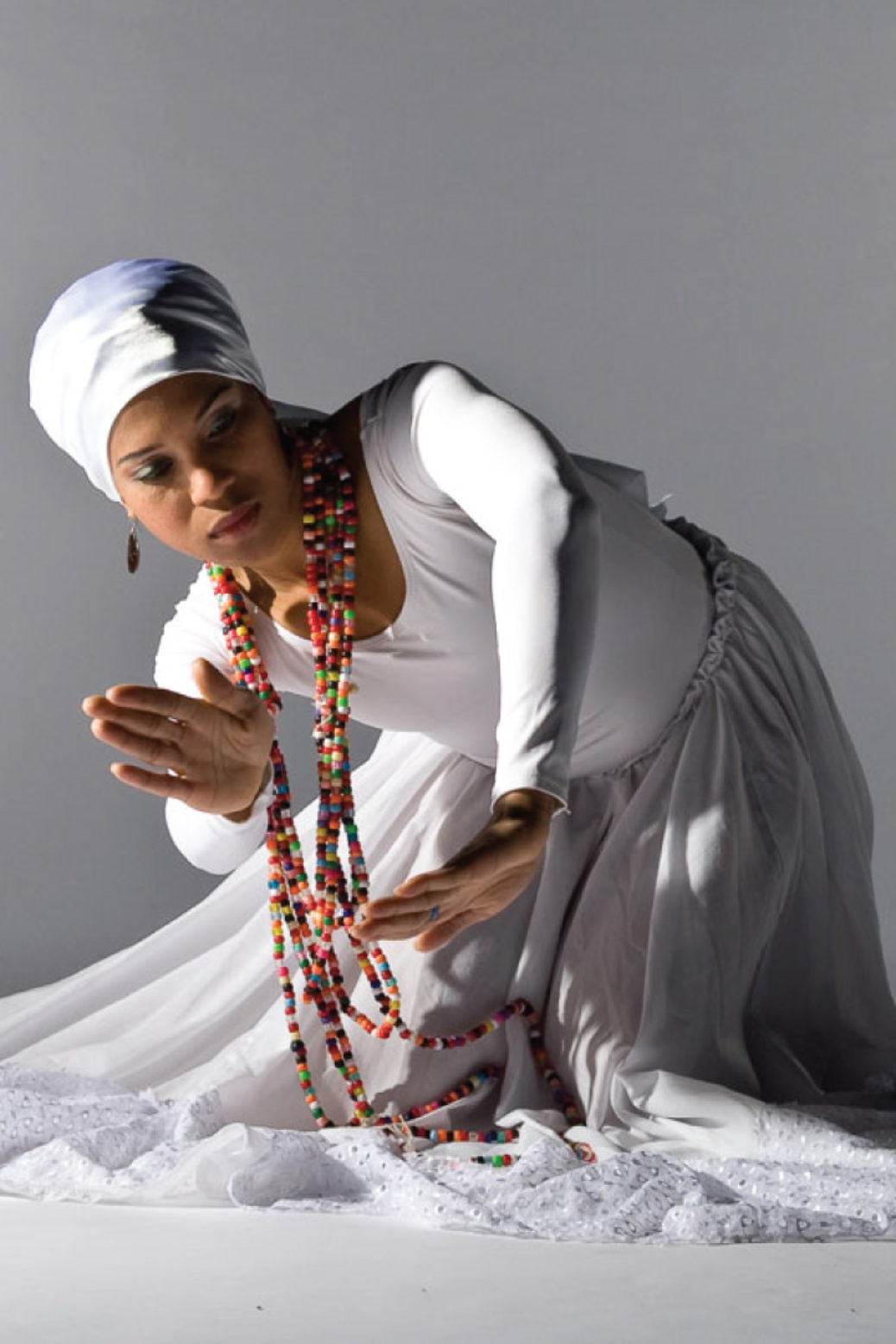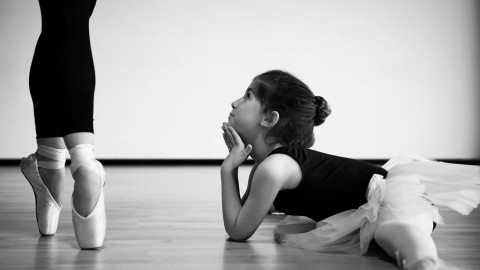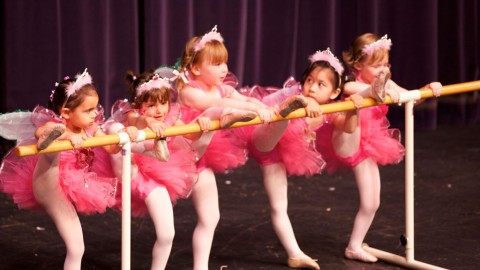In contrast to the widespread idea in Greece that wants Samba to be the queen of love dance of Latin origin, it’s a secret shared by dancers everywhere (amateurs and professionals alike) that the absolute dance of love and flaming passion is Rumba!
Rumba tells a love story between a fiery masculine lover and a playful, passionate mistress. All modern Rumba choreographies, whether impressive and technically perfect or not, describe such a story. Therefore, even when not dancing themselves but merely observing a couple dancing the Rumba, people cannot help but feel deep-founded emotions of love, passion, sensuality, affection, companionship and joy emerging from the depths of their soul…
The story of Rumba
Rumba is one of the oldest, historically, Latin dances, with Cuban origins. The first time someone performed it in the USA was in 1925; yet today it is universally known and loved. Furthermore, it is one of the five Latin dances that one is expected to perform, should they partake in a formal competition – albeit amateur or professional.
Before the birth of the Rumba dance in its current form, the word Rumba was a general term describing a kind of music rather than a kind of dance. The exact meaning of the name differs from one country of Latin America to the next; yet the word Rumba derives from the verb rumbear which descriptively means “to attend a gathering and dance”.
The dance came to Cuba first, about 200 years ago, along with slaves of African origin, brought there via Spain. The original African Rumba was a particularly wild and rapid traditional dance simulating coitus; therefore it was deemed insulting to both the dancing culture and the ethics of Cubans. That was the reason why Rumba was prohibited by law as a wild and derogatory dance; in particular, it was considered demeaning to the female dancer, the face of whom, for Cubans, depicts the mother (the very notion of mother) thus attracting a significant amount of respect.
However, being free dancing spirits, Cubans defied their own State law and danced the Rumba – at least, their own, milder version – in secrecy; and so the dance persevered in time and evolved. In 1925, the prohibition law ceased to exist. Cubans had managed, in their own unique way, to extinguish the African elements of the dance, to bring it to full harmony with their dancing culture and to incorporate it to their dancing routine. Since 1930, Rumba started becoming known and loved universally; as a result it is performed and still evolving until today.
The characteristics of Rumba
Given its slow rhythm, it’s quite easy to learn the first dancing steps of the Rumba; at the same time, it’s very hard to reach an expert technical level. Let’s not forget that imperfections in motion become much more evident in a slow dance than in a fast one. The dancers’ motions must exude sensuality, as well as romance and seriousness, without any expression of sexuality – as they do in the Samba. The Rumba must describe the flirtation; the play of the couple; the love and the passion; but not focus on the erotic act itself. In the meantime, the role of each sex should be expressed quite clearly: with the robust male dancer leading with certainty the playful female dancer to perform; exactly as it happens – or should happen – in real life.
Types of Rumba
Today, there are various ways to dance the Rumba; however they bear no resemblance to the original Cuban Rumba from which they derive. To be exact, the way people dance the Rumba today resembles more the Cuban Son, as well as the Danzon, two very slow dances that evolved from the Cuban Rumba.
The easiest (technically) version of the dance is called the American or Ballroom Rumba; it is danced in a closed embrace and has predetermined, alternating dancing steps, where the male dancer gives specific “dancing signals” to his partner, so that she may follow. The American Style Rumba is the easiest version of the dance because it requires a mere knowledge of the steps, without any difficulty in technique. Therefore, it is performed strictly on a social level, as it doesn’t include a choreography. Any male dancer can ask a female one to dance, as long as they both know their respective steps. American Style Rumba is ideal for one to start learning Latin dances and for older dancers as well.
Recently, though, it is the so-called International Style or “Athletic” Rumba that has become more wide-spread and loved. In technical terms, it is the most difficult version of Rumba, the one that is officially performed in most competitions – amateur and professional alike. To perform the International Style Rumba, one must know the basic moves of the dance; as for the rest, it requires imagination, it being a choreography. The couple dances in an open position and, for a beautiful dancing result, immaculate technique and dancing expression are required. Despite the difficulty in technique, International Style Rumba will blow your mind… it is truly the epitome of dancing sensation!
So Rumba…
The heart’s sensual dance; the dance of romance and passion. We love it – more and more professional dancers perform it, in Greece as well. We relish watching it performed by professional dancers from all over the world- expert in terms of technique and expression.
And even if you’re not so much into dancing, it’s worth the try… you’ll fall in love!
Artemis Christina M.
My warmest thanks for providing me with photographic material to:
Satolia Dance Productions and especially to Theodora Satolia, for the whole of her contribution to Beauty Guard.
The champions of Latin International Competition, Juri Dimitrov and Stephania Tsertou.
Beloved friend and excellent dancer and instructor, Eva Stephanakou.



